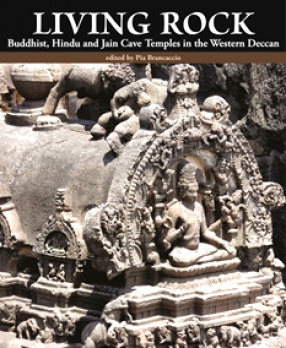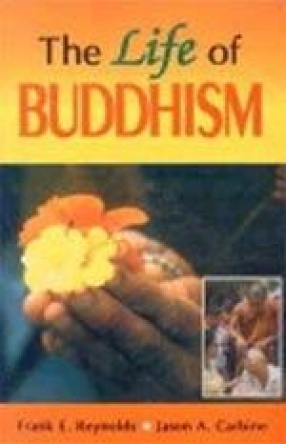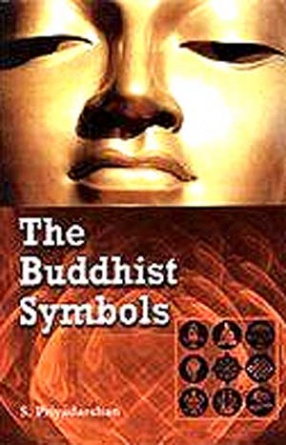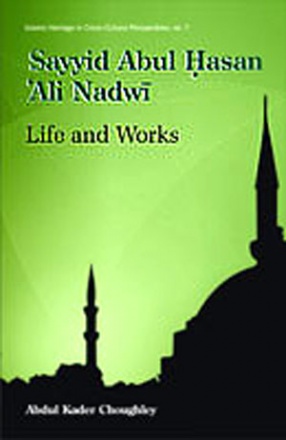From the 2nd century bce to the 10th century ce, rock-cut temples and monasteries appeared at various sites in the subcontinent – most notably across the western Deccan. Carved on the edge of the basaltic plateau, the cave sites were strategically placed near ancient trade routes and fertile land, and showcased a variety of architectural spaces for different worship practices and monastic uses.
Living Rock offers new perspectives into to this fascinating world of cave temples. With a wealth of extant material evidence, rather than a comprehensive survey of rock-hewn temples, it presents selected case studies that explore fresh avenues of investigation. The contributions by archaeologists, art historians, historians and scholars of religion trace the cultural and religious phenomena associated with the development of Buddhist, Hindu and Jain cave sites in the western Deccan. Some investigative models proposed in this book suggest new relationships between literary and visual evidence; others follow threads connecting cave centres to religious and artistic contexts located outside the western Deccan in an attempt to place the rock-cut monuments in a wider cultural landscape.





There are no reviews yet.